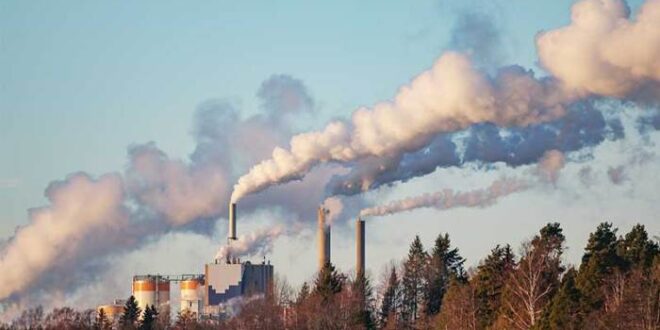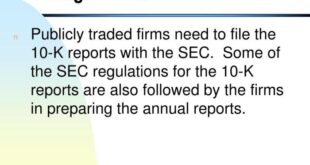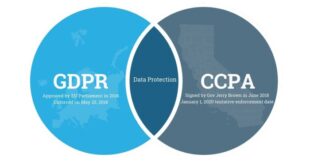In the realm of environmental law, Environmental Damage Compensation Lawyers stand as formidable advocates, safeguarding our planet and seeking recompense for those impacted by environmental degradation. This comprehensive guide delves into the intricacies of environmental damage litigation, empowering you with the knowledge and strategies to navigate these complex legal landscapes.
Case Types and Legal Claims: Environmental Damage Compensation Lawyer
Environmental damage cases encompass a broad spectrum of legal claims and causes of action, each with its unique characteristics and defenses.
Common types of environmental damage cases include:
- Pollution-related claims: These cases involve the release of harmful substances into the environment, causing damage to natural resources, human health, or property.
- Natural resource damage claims: These cases seek compensation for injuries to natural resources, such as forests, wetlands, or wildlife, caused by human activities.
- Property damage claims: These cases involve damage to real property, such as homes, businesses, or infrastructure, caused by environmental factors, such as pollution or natural disasters.
- Personal injury claims: These cases seek compensation for physical or psychological injuries caused by exposure to environmental hazards.
Legal Claims and Causes of Action
Environmental damage cases can be based on various legal claims and causes of action, including:
- Negligence: This claim alleges that the defendant failed to exercise reasonable care in preventing environmental damage.
- Strict liability: This claim holds the defendant responsible for environmental damage regardless of fault.
- Trespass: This claim alleges that the defendant intentionally or negligently entered or remained on the plaintiff’s property, causing environmental damage.
- Nuisance: This claim alleges that the defendant’s activities create an unreasonable interference with the plaintiff’s use and enjoyment of their property.
- Statutory violations: These claims allege that the defendant violated environmental laws or regulations, resulting in environmental damage.
Common Defenses Raised by Defendants
Defendants in environmental damage cases often raise various defenses, including:
- Act of God: This defense alleges that the environmental damage was caused by an act of nature, such as a hurricane or flood, beyond the defendant’s control.
- Contributory negligence: This defense alleges that the plaintiff’s own negligence contributed to the environmental damage.
- Statute of limitations: This defense alleges that the plaintiff failed to file their lawsuit within the time limit set by law.
- Lack of causation: This defense alleges that the defendant’s actions did not cause the environmental damage.
Damages and Compensation
Environmental damage can result in a wide range of financial and non-financial losses. The legal system provides remedies for these losses through the award of damages and compensation.Damages are a monetary award intended to compensate the victim for the losses they have suffered as a result of the environmental damage.
The types of damages that can be recovered include:
-
-*Compensatory damages
These damages aim to restore the victim to the position they would have been in if the environmental damage had not occurred. They can include the cost of repairing or replacing damaged property, lost income, and medical expenses.
-*Punitive damages
These damages are awarded to punish the responsible party and deter them from engaging in similar conduct in the future. They are typically only awarded in cases of gross negligence or intentional misconduct.
-*Nominal damages
These damages are awarded when the victim has suffered a legal wrong but has not suffered any actual damages. They are typically a small amount of money, such as $1.
The amount of damages awarded is determined by a number of factors, including the severity of the environmental damage, the extent of the victim’s losses, and the conduct of the responsible party. Damages are typically calculated based on the following factors:
-
-*Actual damages
These are the out-of-pocket expenses and other financial losses that the victim has incurred as a result of the environmental damage.
-*Consequential damages
These are the losses that the victim has suffered as a result of the actual damages, such as lost income or emotional distress.
-*Mitigation of damages
The victim has a duty to mitigate their damages, which means taking reasonable steps to reduce their losses. The court will consider the victim’s efforts to mitigate their damages when calculating the amount of damages to be awarded.
There are a number of strategies that can be used to maximize compensation for environmental damage. These strategies include:
-
-*Documenting the damage
It is important to document the environmental damage as soon as possible after it occurs. This can include taking photographs, videos, and obtaining witness statements.
-*Hiring an expert
An expert can help you to assess the extent of the environmental damage and calculate the amount of damages you are entitled to.
-*Negotiating with the responsible party
You may be able to negotiate a settlement with the responsible party without going to court. This can save you time and money.
-*Filing a lawsuit
If you are unable to reach a settlement with the responsible party, you may need to file a lawsuit to recover damages.
Legal Process and Procedures
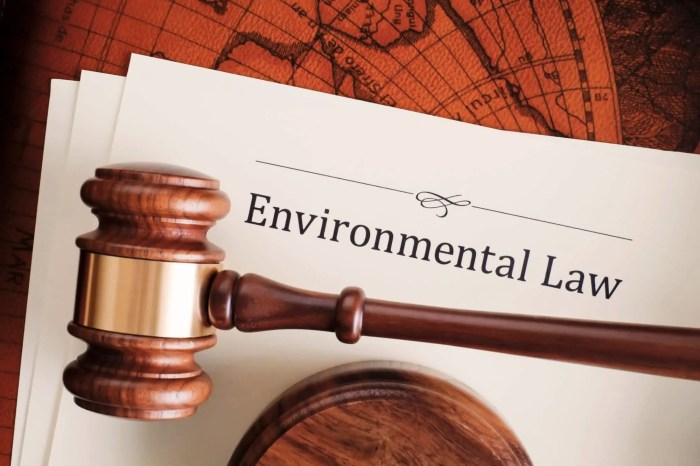
Environmental damage cases can be complex and time-consuming. The legal process involves several steps, from filing a complaint to presenting evidence in court. Understanding these procedures is crucial for maximizing your chances of success.
The first step in an environmental damage case is to file a complaint with the appropriate court. The complaint should Artikel the facts of the case, including the nature of the damage, the responsible party, and the legal claims being made.
Role of Experts and Witnesses
In environmental damage cases, experts often play a critical role in establishing the cause and extent of the damage. Experts may be called upon to testify about the scientific principles underlying the damage, the methods used to assess the damage, and the potential impacts of the damage on human health and the environment.
Witnesses may also be called upon to provide testimony about their observations of the damage or the responsible party’s actions. Witnesses may include landowners, neighbors, or employees of the responsible party.
Importance of Evidence and Discovery
Evidence is crucial in environmental damage cases. Evidence can take many forms, including documents, photographs, videos, and expert testimony. Discovery is the process of exchanging evidence between the parties to a lawsuit. Discovery helps to ensure that both parties have a fair opportunity to present their case.
Case Studies and Examples
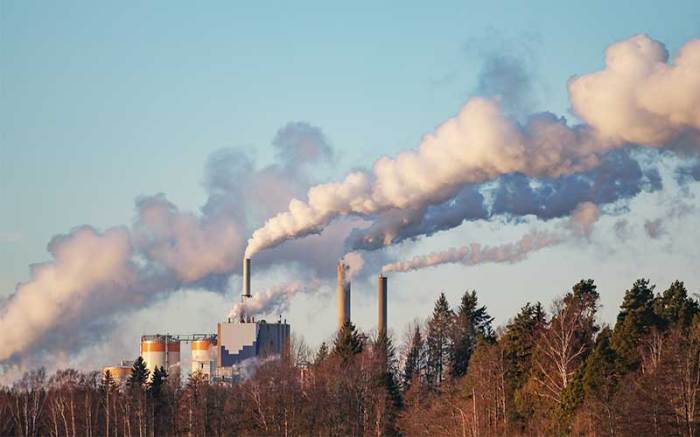
Exploring real-world cases provides valuable insights into the legal strategies and outcomes of environmental damage lawsuits.
One notable case is the Exxon Valdez oil spill, where the company was held liable for $5 billion in punitive damages for the environmental destruction caused by the oil tanker’s accident. This case established the precedent of corporate responsibility for environmental disasters.
Love Canal Disaster
The Love Canal disaster involved the dumping of toxic chemicals in a residential area in New York. Residents suffered severe health problems, and the government declared the area a Superfund site.
The case highlighted the importance of government oversight in hazardous waste disposal and established the principle of government liability for environmental damage caused by its actions.
Erin Brockovich Case
In the Erin Brockovich case, a legal assistant uncovered evidence of water contamination by a utility company, leading to a $333 million settlement for affected residents.
This case demonstrated the power of individual advocacy and the importance of holding corporations accountable for environmental negligence.
Best Practices for Attorneys
Environmental damage cases pose unique challenges that require attorneys to adopt specialized approaches. By adhering to best practices, attorneys can effectively handle these cases, uphold their ethical responsibilities, and maximize outcomes for their clients.
Ethical considerations are paramount in environmental law. Attorneys must prioritize the protection of the environment while representing their clients’ interests. This includes adhering to environmental regulations, avoiding conflicts of interest, and maintaining transparency in their dealings.
Effective Case Management, Environmental damage compensation lawyer
- Conduct thorough investigations to gather evidence and establish a solid foundation for the case.
- Develop a comprehensive case strategy that Artikels legal theories, evidence presentation, and potential defenses.
- Communicate effectively with clients, experts, and opposing counsel to facilitate efficient case management.
Trial Preparation
- Identify key witnesses and prepare them for testimony, ensuring their credibility and persuasiveness.
- Anticipate potential defenses and develop counterarguments to rebut them effectively.
- Organize evidence in a logical and accessible manner for easy presentation at trial.
Summary
As we navigate the challenges of environmental protection, the role of Environmental Damage Compensation Lawyers becomes increasingly crucial. Their expertise in navigating legal complexities and securing compensation for victims of environmental harm ensures that polluters are held accountable and our ecosystems are restored.
By embracing their unwavering commitment to environmental justice, we can create a sustainable future for generations to come.
Helpful Answers
What types of environmental damage cases can be pursued?
Environmental damage cases encompass a wide range of legal claims, including pollution, contamination, deforestation, habitat destruction, and climate change impacts.
How are damages calculated in environmental damage cases?
Damages are determined based on the severity of the harm, the economic losses incurred, and the potential for future environmental impacts.
What are the common defenses raised by defendants in environmental damage cases?
Defendants may argue that their actions were not the cause of the environmental damage, that they complied with applicable regulations, or that the harm was unavoidable.
 Nenroll Nenroll News
Nenroll Nenroll News
